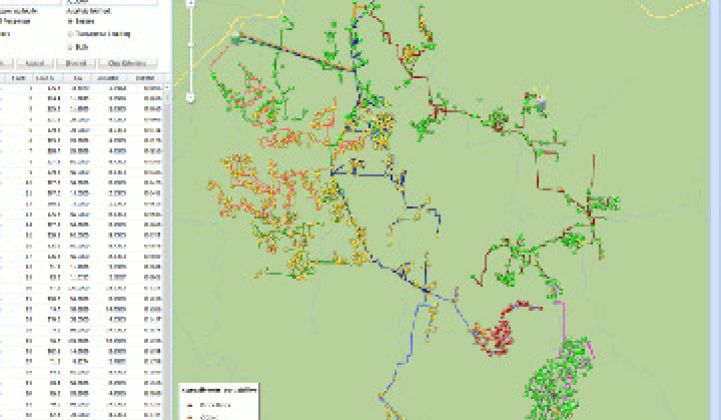What happens next?
That is the question that Gridiant says it can answer for utilities. The company, the successor to another startup called Optimal Technologies, says it can take data about power flowing across the grid and create a computerized simulation of the momentary, and possible future, state of the grid. In essence, it's a near-real-time planning tool for demand response providers and utilities, according to Ed Beardsworth, who works with the company. Let's say high temperatures are expected in a given region. The software will analyze the current power flows and then run through simulations as directed. What if we curb 20 megawatts from the Southeastern U.S. -- what are the causes and effects? What if controlled, rolling reductions are conducted in a different region twenty minutes later? What if solar power production peaks at the same time?
Ideally, the simulation can help utilities minimize disruptions and unwanted tangential effects. The company claims it can increase potential targets for load reduction by up to 30 percent.
Optimal was founded in 2000 in Canada. In 2007, Goldman Sachs invested $25 million in the company. Not everything worked as planned. The key technology was wrapped into Gridiant in 2010.
Some skepticism exists. First, there is the history. Second, the software provides a somewhat critical function for utilities. Will they trust a startup to handle it?
On the other hand, it is a software-as-a-service planning tool. Utilities and demand management companies can test drive it first. Nonetheless, it definitely stood out at last week's DistribuTECH show. The vast majority of the exhibitors focused on meters and data management. Gridiant was one of the few that filled a distinct niche.



